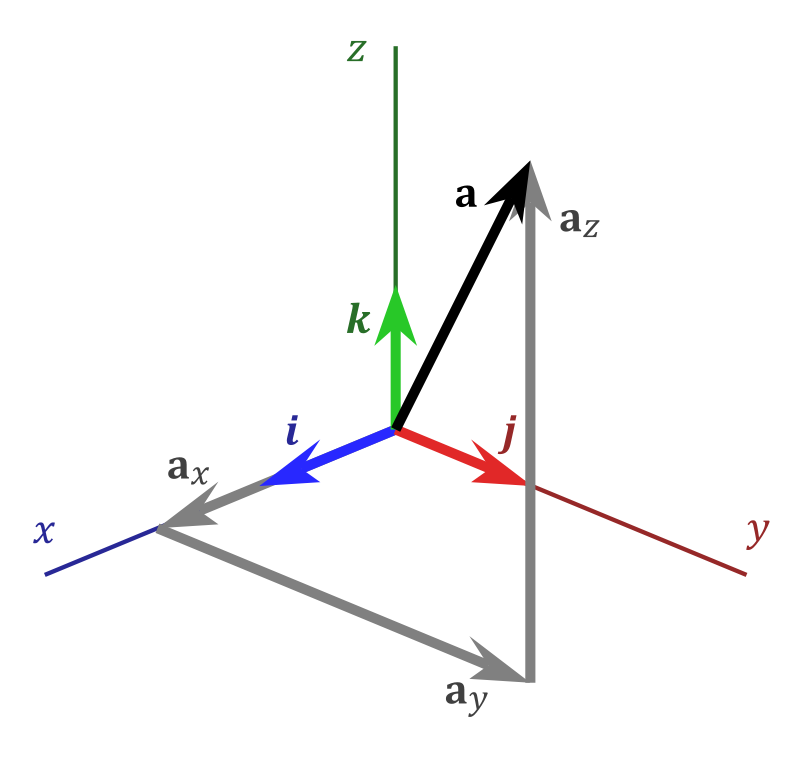Algebra - vocabulary
This dictionary was created by your fellow students mathematicians. It comprises what you should be mostly already familiar with from our winter semester.
Speciální | A | Á | B | C | Č | D | Ď | E | É | Ě | F | G | H | CH | I | Í | J | K | L | M | N | Ň | O | Ó | P | Q | R | Ř | S | Š | T | Ť | U | Ú | Ů | V | W | X | Y | Ý | Z | Ž | VŠE
A |
|---|
annihilatornoun Pronunciation: /ɐnˈaɪ.ə.leɪtə/ Definition: Let M be a left modul over a ring R and let S be a subset of M. The annihilator of S is the set of all r from R such that sr is equal to zero (for all s from S). Source: | |
Associativitynoun Pronunciation: [ə,səʊsɪə'tɪvɪti] Meaning: a property of a binary operation; if it holds, then with more than one of the same operator, the order of operations does not matter Example: if + is an associative operator, then for every three elements a, b, c it holds that a + (b + c) = (a + b) + c Source: | |
B |
|---|
BasisNoun The figure shows the basis vectors i,j, k, and the vector a is a linear combination of them.
| |
BijectionNoun
| |
C |
|---|
CommutativityNoun Etymology | |
Construction/kənˈstrʌk.ʃən/ A finite sequence of steps. The steps are defined by author of the task, classical example is Eucleidian construction by straightedge and compass. | |
Coprime (integers)Adjective
Antonym Etymology | |
D |
|---|
DeterminantNoun Pronunciation | |
DimensionDimension, n. Pronounciation: /dɪˈmɛnʃən/ Meaning: 1) Geometry. A mode of linear measurement, magnitude, or extension, in a particular direction; usually as co-existing with similar measurements or extensions in other directions. 2) Algebra. Since the product of two, or of three, quantities, each denoting a length (i.e. a magnitude of one dimension), represents an area or a volume (i.e. a magnitude of two, or of three, dimensions), such products themselves are said to be of so many dimensions; and generally, the number of dimensions of a product is the number of the (unknown or variable) quantities contained in it as factors (known or constant quantities being reckoned of no dimensions); any power of a quantity being of the dimensions denoted by its index. Source: | |


